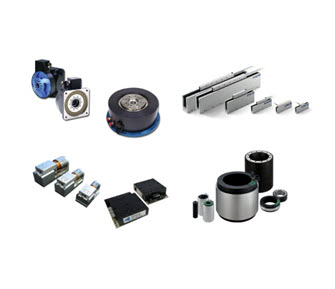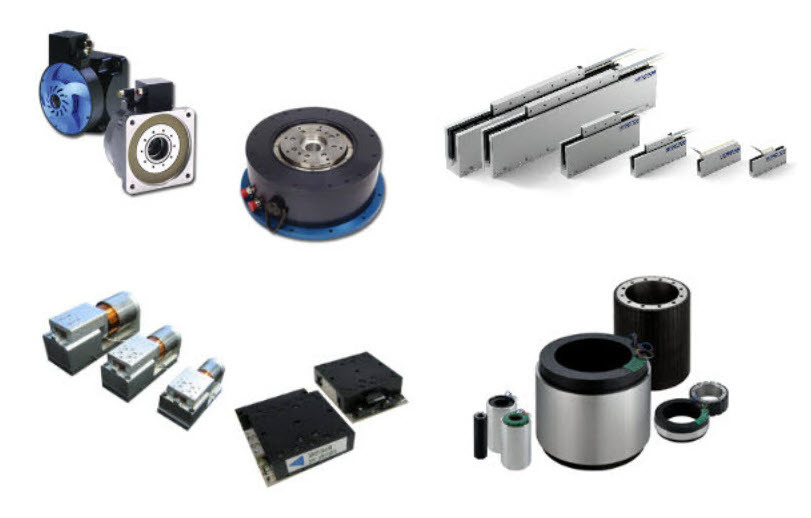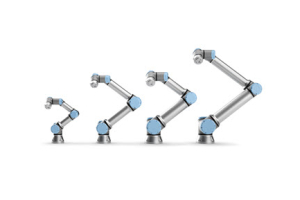
In the vast landscape of mechanical engineering and system design, the process by which power is transmitted from source to application is of paramount importance. At the heart of this process lies the motor, the chief converter of electrical energy into kinetic energy. Over the decades, while the basic premise of motor operation has remained largely consistent, there have been remarkable innovations in design and functionality tailored to the evolving demands of industries. Enter direct drive motors, a technology that seeks to streamline and enhance the power transmission process. Unlike traditional motors, which often rely on a series of transmission mechanisms to transfer and modulate power, direct drive motors seek to simplify the pathway of power, ensuring a direct link between the motor's output and the operational application.
This direct coupling, devoid of intermediary components, presents a suite of advantages and challenges that redefine traditional concepts of power efficiency, transmission fidelity, and system durability. This guide delves deep into the world of direct drive motors, explaining their inner workings, applications, benefits, and the challenges they pose in modern mechanical systems.


Fundamentals of Direct Drive Motors
The intricacies of direct drive motors are rooted in both their design philosophy and operational mechanics. To truly appreciate their significance, one must first understand the core principles that differentiate them from conventional systems.
- Basic Principle: At its core, a direct drive motor is designed to produce the precise rotation speed required by its application. This is in stark contrast to many conventional motors, which generate a high RPM and use transmission systems, such as belts or gears, to adjust and deliver the desired operational speed.
- Design & Construction: Direct drive motors are characterized by their simplicity. Typically, they consist of a stator that produces a magnetic field and a rotor that moves within this field. The direct nature of these motors means they often have a larger diameter, which compensates for the lack of gearing and allows for a larger torque generation at lower speeds. Their construction often leverages rare-earth magnets, which produce a stronger magnetic field, thereby enhancing efficiency and torque.
- Torque Production: One of the standout features of direct drive motors is their ability to produce high torque at low rotational speeds. This is essential for applications that require precise control or heavy load movement without relying on gear reduction systems. The elimination of gears ensures smoother torque delivery without the typical surges or drops.
- Backlash & Precision: In conventional systems, the interaction between gears, belts, or pulleys can introduce a slight lag known as backlash. This can compromise precision, especially in applications where minute movements matter. Direct drive motors eliminate such potential points of backlash, ensuring a highly precise motion output.
- Energy Conversion Efficiency: Direct drive motors are designed to convert electrical energy into mechanical energy with heightened efficiency. The absence of intermediary transmission components means there's less mechanical friction, leading to reduced energy losses. Every watt of power supplied has a more direct impact on the motor's output.
- Thermal Dynamics: With fewer moving parts and reduced friction, direct drive motors often exhibit better thermal performance. There's less heat generated due to friction, ensuring a longer lifespan for the motor components and reduced need for cooling mechanisms.
- Maintenance & Lifespan: Owing to their streamlined construction, direct drive motors have fewer wear-prone components. The absence of belts that can stretch, or gears that can wear down or require lubrication, naturally extends the motor's operational lifespan and reduces the frequency and complexity of maintenance routines.
In essence, the fundamentals of direct drive motors pivot on the philosophy of simplification – removing layers of complexity to achieve heightened efficiency, precision, and reliability. By connecting the motor directly to its application, the power transmission pathway is both shortened and optimized, leading to performance metrics that are often superior to traditional systems.
Advantages of Direct Drive Motors
The benefits of direct drive motors span across various dimensions, from operational performance to long-term financial implications. Below is a deep dive into the salient advantages they offer.
- Enhanced Efficiency:
- Energy Savings: Direct drive motors typically exhibit higher energy efficiency due to the elimination of intermediary components which can introduce energy losses. A direct connection between power source and application ensures minimal energy wastage.
- Consistent Performance: Their inherent design provides a steady operational performance, reducing instances of sudden power dips or surges that can be experienced with geared systems.
- Superior Precision and Control:
- Zero Backlash: Without belts, pulleys, or gears, there's no backlash, ensuring immediate and accurate response to control inputs. This is vital for precision-centric applications like CNC machining or robotics.
- Fine-tuned Movement: High torque at low speeds allows for meticulous control, especially in tasks that require nuanced movements.
- Robust Durability and Reliability:
- Fewer Wear Components: Less moving parts translates to fewer components that can wear out over time, leading to increased motor longevity.
- Reduced Heat Generation: Lower mechanical friction means that direct drive motors typically operate at cooler temperatures, which further enhances lifespan and reduces cooling needs.
- Cost Savings Over Time:
- Maintenance Benefits: The lack of belts, chains, or gears, which need regular inspections and potential replacements, equates to lower maintenance costs.
- Operational Uptime: With fewer maintenance requirements, direct drive systems can operate longer between maintenance intervals, leading to higher production uptime and throughput.
- Versatility and Compactness:
- Space Saving: While the motor itself might have a larger diameter, the elimination of external transmission systems often results in a net saving of space in many applications.
- Simplified Design: The reduced complexity in system design allows for versatile application in varied industries, from manufacturing lines to medical imaging
- Enhanced Safety:
- Fewer Failure Points: A direct system eliminates many potential points of mechanical failure, which can be vital in applications where safety is paramount, such as in elevators or heavy machinery.
- Predictable Wear Patterns: The uniform operation and reduced componentry lead to more predictable wear patterns, aiding in planning maintenance activities.
- Environmental and Acoustic Benefits:
- Reduced Noise: The absence of mechanical interfaces like gears or belts means quieter operations, which is beneficial in environments sensitive to noise, such as hospitals or residential areas.
- Eco-friendly: Higher energy efficiency and the potential for fewer replacements (given their durability) make direct drive systems a more environmentally friendly option in the long run.
In summation, the advantages of direct drive motors underscore their role as a transformative solution in mechanical and industrial systems. Their blend of performance, efficiency, and reliability offers tangible benefits that can significantly impact operational outcomes and financial bottom lines.
The Future Landscape of Direct Drive Motors
Direct drive technology, having already made a significant impact on the current state of industry and automation, is poised for even greater advancements and proliferation in the years ahead. Here's an outlook into what the future might hold for these motors:
- Integration with Smart Technologies:
- IoT (Internet of Things): As machinery becomes increasingly interconnected, direct drive motors are likely to be seamlessly integrated with IoT systems, providing real-time feedback on performance, wear, and operational statistics.
- AI & Machine Learning: These technologies can utilize the precision of direct drive motors to enhance operational efficiency, predict maintenance needs, and adapt to changing operational conditions instantaneously.
- Miniaturization and Improved Design:
- Compact Models: As research and development continue, there's potential for direct drive motors to become even more compact without sacrificing power, making them suitable for a wider range of applications.
- Advanced Materials: The use of new alloys or advanced magnetic materials could lead to motors that are lighter, more efficient, and capable of delivering even greater torque.
- Broader Industry Adoption:
- Transportation: Electric vehicles, particularly those requiring precise control like drones or urban air mobility solutions, might benefit from the features of direct drive motors.
- Home Appliances: As consumers demand quieter, more efficient appliances, we could see a surge in direct drive technology in everyday household items.
- Enhanced Energy Efficiency:
- Green Energy Integration: With the global shift towards renewable energy, direct drive generators, particularly in wind turbines, could play a significant role in harnessing energy more efficiently.
- Regenerative Operations: Future direct drive systems might be designed to efficiently recapture and store energy during braking or deceleration phases, further boosting their eco-friendly credentials.
The future landscape for direct drive motors is not only promising but also dynamic. With their foundational advantages and the momentum of global technological advancements, they are on track to redefine efficiency, precision, and sustainability in a multitude of motor and motion control applications.








